Brief description to show in index pages.
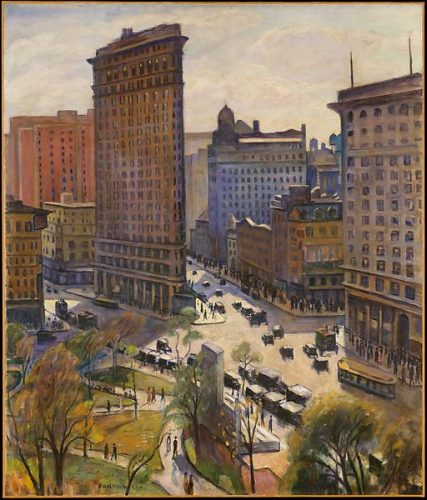

Brief description to show in index pages.
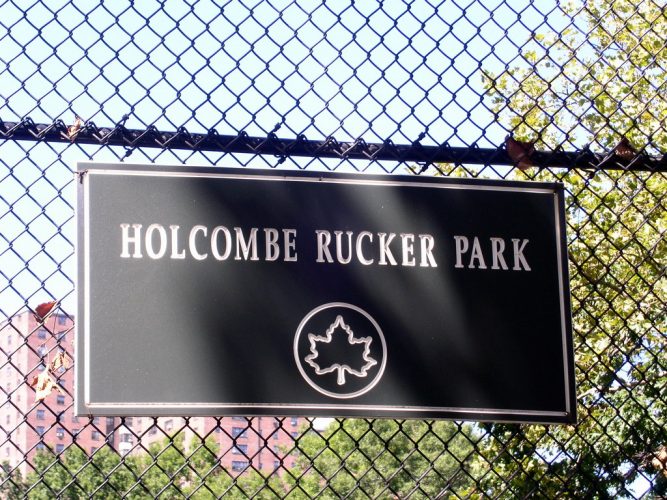
Brief description to show in index pages.
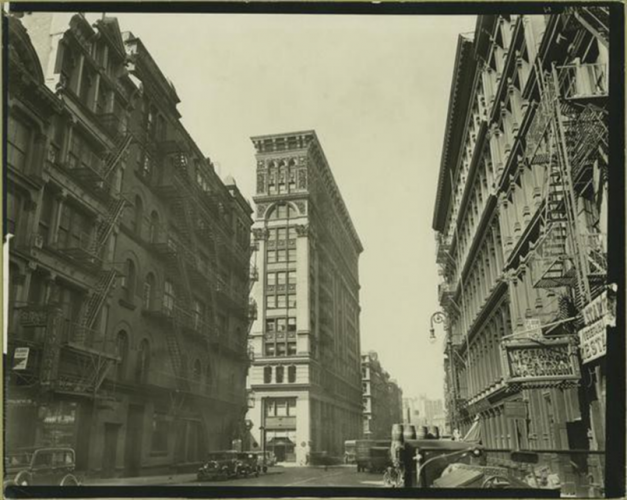
SoHo is a neighborhood in New York City that is located in Lower Manhattan, and the letters “SoHo” actually stands for south of Houston Street. In the early 1900s, Soho was mostly a place of business, and this part of the city was completely covered in warehouses. However, by the mid-1900s, Soho began rapidly changing …
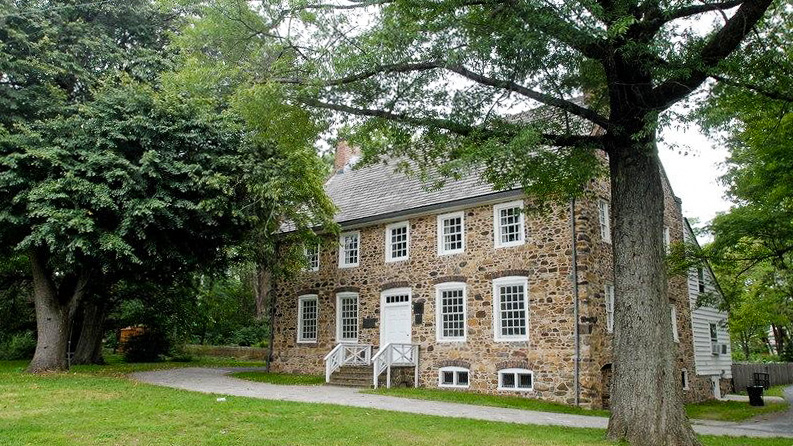
Brief description to show in index pages.
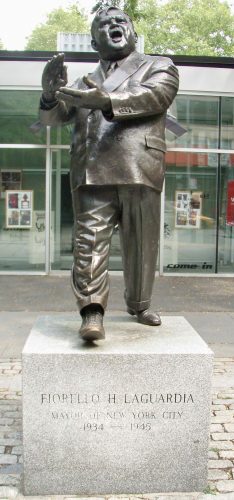
Brief description to show in index pages.
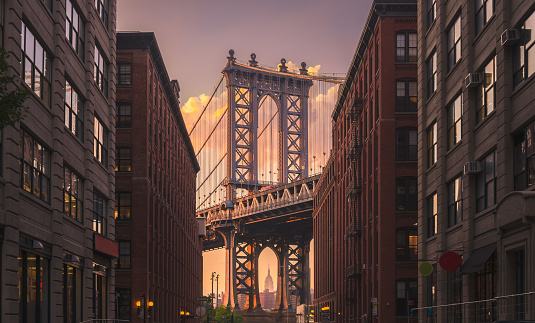
History And More DUMBO, Down Under the Manhattan Bridge Overpass, is one of the fastest-growing neighborhoods in all of America. It is right on the water with a fantastic view of both the Brooklyn Bridge, the Manhattan Bridge, and the best skyline in the world. The location on the water led to it starting as …
Radio City Music Hall, one of the most famous tourist attraction's in New York City has been located in Rockefeller Center since December 1932. Home of the Radio City Rockettes and the annual Christmas Spectacular, Radio City is a prime hub of the entertainment industry in New York City. It's interior and exterior art-deco designs add to the contribution it has had as one of New York's historic landmarks.
On September 11, 2001, a group of al-Qaeda terrorists carried out multiple attacks by crashing planes into the Pentagon in Washington D.C. and the Twin Towers in New York City. These attacks killed 2,997 people including 2,753 people alone in New York.[1] The events and attacks that took place during the day shook Americans to …
The riots were quelled when federal troops faced off with rioters on Thursday, July 16th, eventually ending the immediate disarray in New York City. After the riots were over, Governor Horatio Seymour addressed the people of New York City and made a statement to the rioters, “I know that many who have participated in these …
Brooklyn had a free black community as well, called Weeksville. Established in 1838, and allowed economic mobility, intellectual freedom, and was self-sustaining . By the 1850s, Weeksville had over 500 residents, “ boasting more opportunity for homeownership, employment and success for its black residents than any other part of Brooklyn, and well beyond.”[1]. Many African …